How to feed roses after flowering?
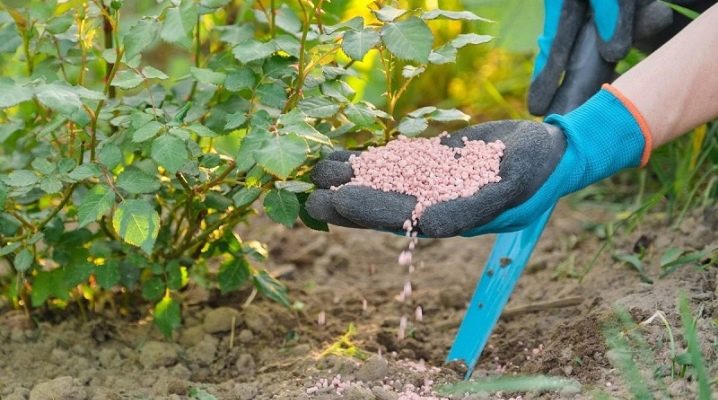
Rose is one of the favorite cultures of flower growers. However, it is pointless to expect the full disclosure of all its decorative qualities without proper care. Top dressing, along with timely watering and loosening, is one of the most important procedures that determine the condition, and with it the appearance of the plant. In this article, we will consider the features of feeding roses after they bloom.

Mineral fertilizers
Mineral dressing is absolutely necessary for roses at all stages of their development. The period after the end of the flowering of the first wave is no exception. If the bushes have been well prepared for winter, and spring care has been optimal, they usually bloom profusely in June. The rose prepares naturally for seed formation and reproduction. Such activation, and even stimulated by special agrotechnical measures, is a very resource-intensive business. It is for this reason that in order to restore vitality and prepare for the flowering of the second wave, the rose must be fed with mineral fertilizers.
The introduction of mineral dressing during flowering is unacceptable, you must wait until the end of this process. When the last drooping buds are removed from the bush, you can start applying mineral fertilizers. Fertilizing roses in July is necessary to prepare them for the second wave of flowering, taking into account the upcoming winter. The mineral complex for feeding in July after flowering must necessarily contain phosphorus, potassium and nitrogen. However, the amount of the latter should be lower in comparison with the spring feeding, since the abundant growth of shoots at this time is undesirable. They will not have time to ripen by winter and will suffer from low temperatures, which can cause the death of the entire bush.
For the proper development of roots and buds, phosphorus is needed. The most important regulator of the biochemical environment of a plant is potassium. These elements must be present in complex fertilizers and mixtures. Such mineral complexes include compositions popular with gardeners - ammofoska and azofoska, containing nitrogen, phosphorus and potassium.
Application rates of mineral fertilizers per square meter for each bush after the first flowering: no more than 50 g of superphosphate, up to 20 g of potassium salts.
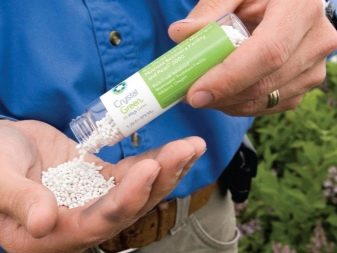
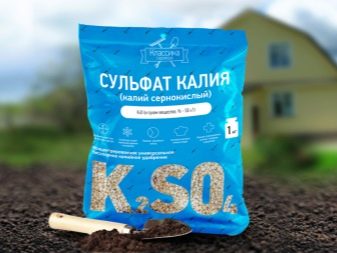
Organic feeding
For roses, the genetic progenitors of which are various types of rose hips, organic feeding is equally important. They will gratefully accept any organic fertilizer, the main thing is to prepare it correctly. There are many options for organic feeding: manure, peat (preferably low-lying), compost, herbal infusions. Manure is one of the traditional organic fertilizers for roses. The introduction of cow dung allows you to provide roses with many necessary elements for a fairly long time. Due to its relatively high density, mullein decomposes slowly, and frequent application is not required. Horse manure, on the other hand, needs to be applied more often, due to its easier decomposition. However, the rate of application of the latter will be significantly less.
The most active decomposition is in poultry droppings, the result of its introduction can be noticeable in the same season. It is unacceptable to introduce not rotted manure. The acids contained in it can damage the root system, causing inhibition of the growth of the bush. In critical situations, even his death is possible.If there is no time or opportunity to wait for the decomposition of manure, an aqueous infusion is prepared from it in proportions of 1 to 20 in the case of fresh poultry manure, and also 1 to 10 if fresh cow manure is used. But even this solution must be kept up to 10 days to stop all undesirable chemical reactions in it. It would not be superfluous to mention that it is better to carry out all operations with manure in the open air, in order to avoid the accumulation of biological gases, which have a sharp, rather unpleasant odor.
Before use, the infusion must be diluted with water again. Manure in a ratio of 1 to 1, and chicken droppings - 1 to 3. There are two ways of using this organic matter: watering in the summer after flowering under a bush (no more than 1 liter per plant once a week) and spraying the leaves with the same frequency. Herbal compost or compost based on kitchen waste is also suitable as an organic food for roses. The compost processed by earthworms contains an optimal amount of humic acids. It is necessary to bring it in in the summer after flowering in small portions (up to 100 g) when loosening the soil, under the bushes.
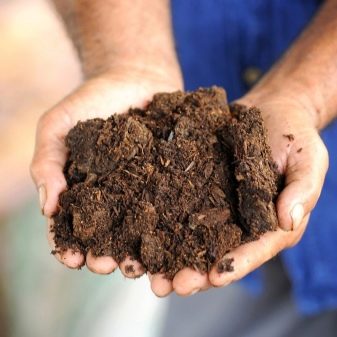
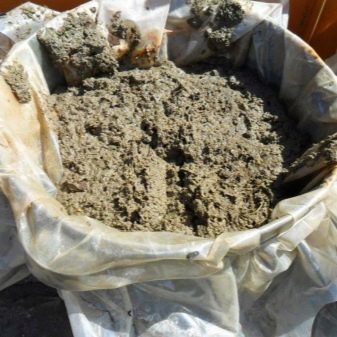
Folk remedies
Roses have been known as an ornamental culture for a long time, and many remedies have been developed to restore their strength after flowering. Among such products, wood ash takes a worthy place. Rose bushes are watered with infusion at the rate of 10 g per 10 liters. As an additional fertilizing with nitrogen after flowering, you can use spraying the foliage with a mixture of water, ash and ammonia. It is not difficult to prepare it: 1 glass of wood ash is diluted in 1 liter of water and 1 tbsp. a spoonful of ammonia. Experienced flower growers advise using banana peel as an organic dressing for roses, which decomposes quickly, increasing the content of humic acids and saturating the soil with the necessary elements.
The peel can be finely chopped and dug in while loosening, or added to the compost. You can also insist on 1 liter of water for 2 weeks. A good effect in slowing down the growth and development of roses is given by feeding with the most common sugar. You can simply sprinkle sugar around the bush and pour abundantly with water. A greater effect is given by watering with syrup made from 1 tsp. sugar dissolved in 1 liter of water. Yeast can be added to the syrup, this will improve the absorption of sucrose. To enrich the soil with microelements, some experts recommend adding eggshell powder or bone meal to the compost.
As a top dressing, you can also use an infusion of onion husks, which, once on the surface of the earth, also performs a mulching function.
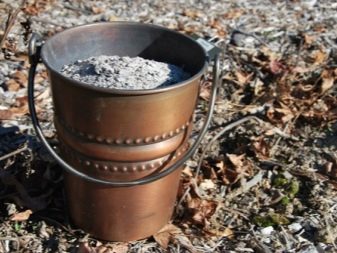

Ready-made dressings for roses after the first flowering
If the result is still more important than the process, it is better to use ready-made formulations. Currently, purchasing them does not cause any difficulties; this can be done in online stores.
- After flowering, it is advisable to pour with a solution of the Pocon product, dilute it at the rate of 10 ml per 1 liter of water.
- One of the most popular complex fertilizers is "Gloria" from the FASCO company.
- The composition of Fertika has proven itself very well.
- For a number of years, flower growers have been successfully feeding roses with the complex fertilizer Agricola.
- Before and after flowering, it is useful to add 20 g of Florovit under the bush.
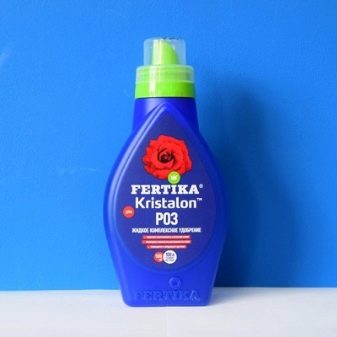
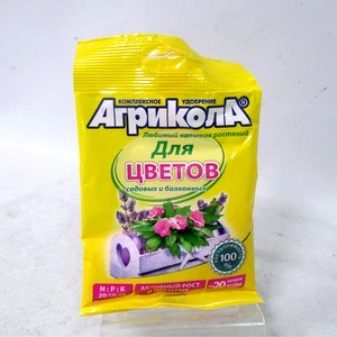

































































































The comment was sent successfully.